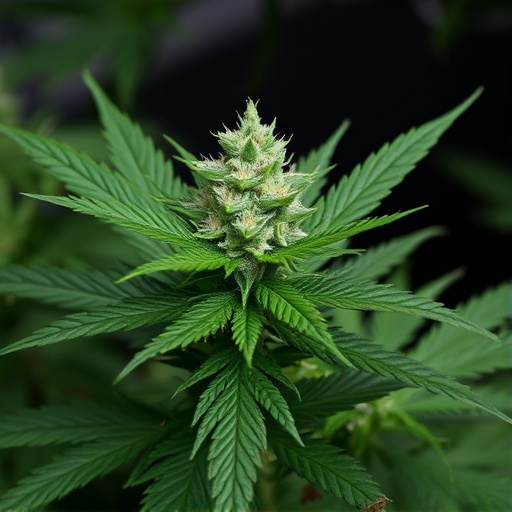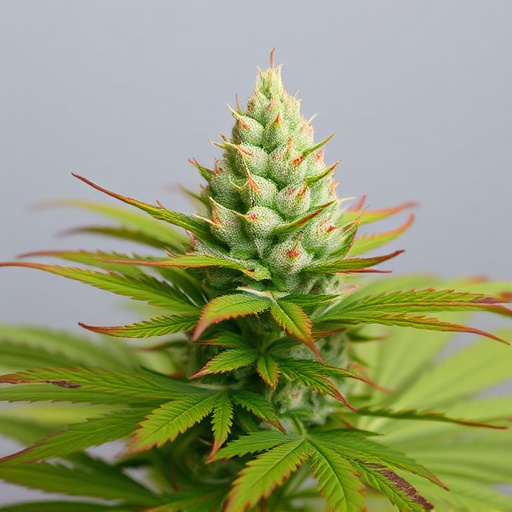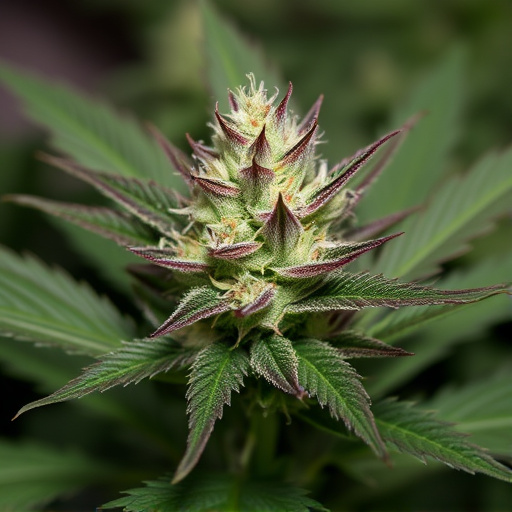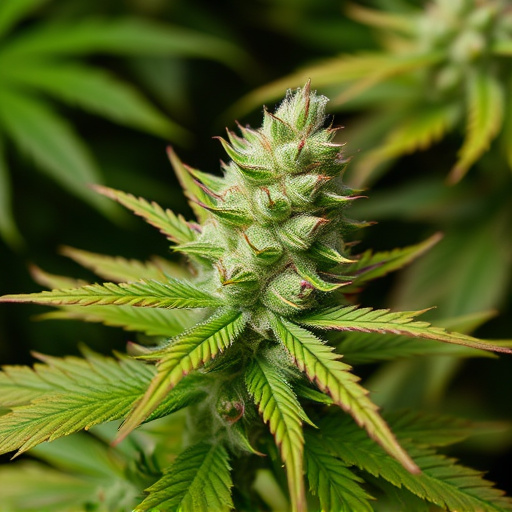When selecting a cannabis strain for medicinal purposes, understanding your condition, personal tolerance, and desired effects is essential. Cannabis strains vary in THC and CBD content, with high-THC offering euphoria but potential anxiety, while CBD-rich strains provide therapeutic benefits without psychoactive effects. Starting with low doses and considering terpenes allows for tailoring treatment to specific symptoms. Healthcare providers can guide patients in choosing strains that balance compounds like THC and CBD for optimal outcomes based on individual needs.
Choosing the right cannabis flower for medical use can transform your well-being. Understanding cannabis strains and their unique effects is crucial. This guide explores factors like THC and CBD ratios, specific conditions they alleviate, and individual tolerances. We’ll help you navigate the selection process, ensuring you find the perfect strain tailored to your needs. By delving into these considerations, you can unlock the full potential of medical cannabis therapy.
- Understanding Cannabis Strains and Their Effects
- Factors to Consider When Choosing a Strain for Medical Use
- Finding the Right Balance: Personalization in Medical Cannabis Therapy
Understanding Cannabis Strains and Their Effects

Cannabis strains vary widely in their chemical composition, particularly in the levels of THC (tetrahydrocannabinol) and CBD (cannabidiol), which determine their effects on the user. Understanding these effects is crucial when choosing the right cannabis flower for medical use. For instance, high-THC strains are known to induce euphoria and relaxation but may also cause increased heart rate and anxiety in some individuals. In contrast, CBD-rich strains offer potential therapeutic benefits without the psychoactive effects, making them ideal for managing pain, inflammation, and certain psychiatric conditions.
The specific cannabis strain you select should align with your intended medical application and personal tolerance. Patients often turn to medical cannabis to alleviate symptoms of various ailments, including chronic pain, insomnia, anxiety, and nausea. Different strains have been bred specifically to address these conditions, offering tailored options for patients. For example, Indica strains are commonly sought for their sedating properties, which can aid in sleep and relaxation, while Sativa strains are known for their uplifting effects, beneficial for treating fatigue and depression.
Factors to Consider When Choosing a Strain for Medical Use
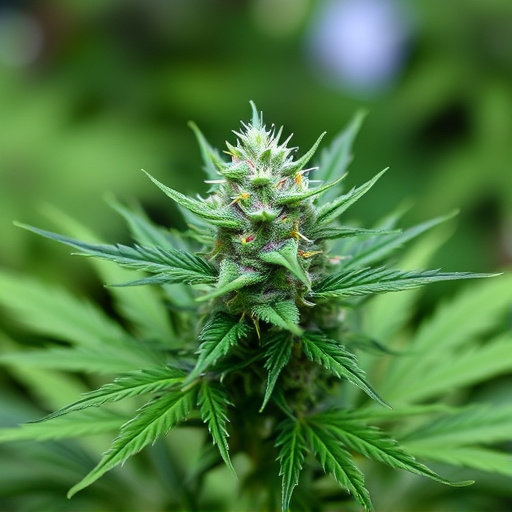
When selecting a cannabis strain for medical purposes, several factors come into play. Firstly, understanding your specific medical condition is key. Different cannabis strains offer unique profiles of cannabinoids and terpenes, which can provide targeted relief for various symptoms. For instance, high CBD strains are often sought for their anti-inflammatory and seizure-reducing properties, while THC-rich varieties may be preferred for pain management or appetite stimulation.
Another critical consideration is personal preference and tolerance. Cannabis strains vary widely in terms of potency, so it’s essential to start with lower doses and observe how your body responds. Some strains are known for their uplifting and energizing effects, while others induce relaxation and sleepiness. Terpene profiles also play a role; certain terpenes can enhance or modify the effects of cannabinoids, offering a more tailored experience.
Finding the Right Balance: Personalization in Medical Cannabis Therapy

When it comes to medical cannabis therapy, finding the right balance between different cannabis strains and their effects is essential. Personalization plays a vital role in ensuring patients receive the most effective treatment for their specific conditions. Every individual has unique preferences and responses to various cannabis compounds, such as THC and CBD. Therefore, selecting the appropriate strain involves considering not only the desired effects but also personal tolerances and any particular needs.
Doctors and healthcare providers can guide patients in choosing strains with balanced profiles that cater to their medical goals. For instance, some patients might benefit from high-CBD strains known for their soothing and anti-inflammatory properties without significant psychoactive effects. Others may prefer strains rich in THC for their pain-relieving and mood-boosting attributes. Personalization ensures that the chosen cannabis flower aligns with the patient’s unique requirements, enhancing treatment outcomes.
When selecting a cannabis flower for medical purposes, understanding your condition and personal preferences is key. By researching different cannabis strains and their unique effects on the body and mind, you can make an informed decision. Consider factors like THC and CBD content, desired outcomes (e.g., pain relief, relaxation), and any specific needs. Personalization in medical cannabis therapy ensures an effective and tailored approach to your well-being. Remember, what works for one person might not work for another, so finding the right balance between strain selection and individual response is essential.









